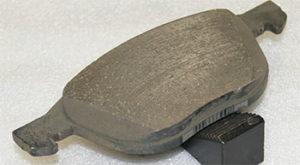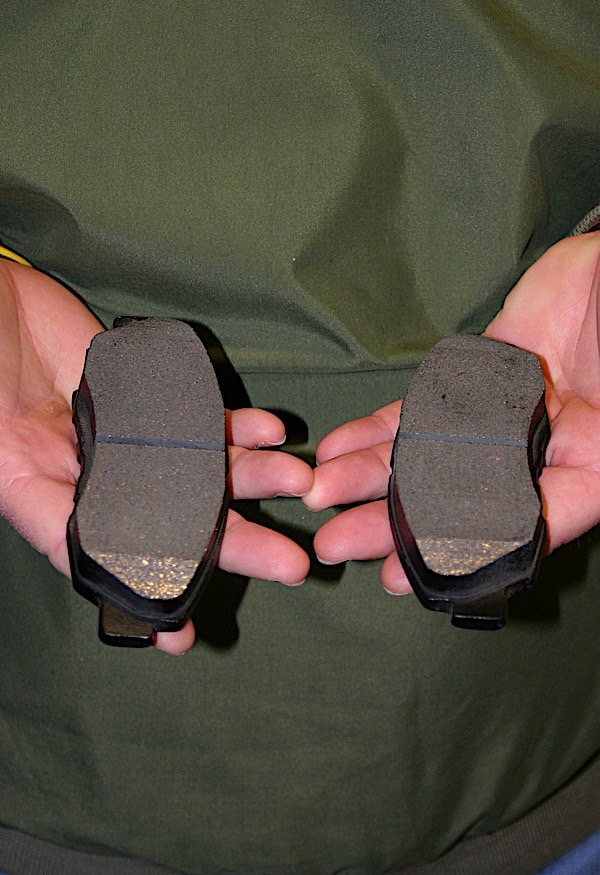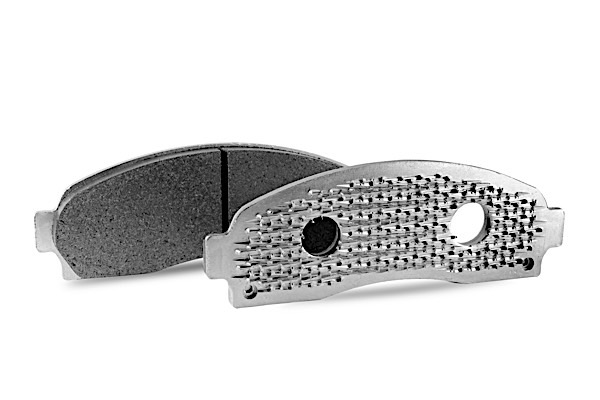Here is the situation. Your shop has started to use a line of value/economy pads from a local or internet supplier. Prices are great, coverage is decent and they appear to be decent quality. But, you might get a vehicle in that does like this line of pads. It could be noise, pulsation or even delamination. The customer is not happy, you are not happy.

So what happened?
Some economy brake pad manufacturers use only a handful of friction material formulations across an entire product line. Premium lines may have 25 to 30 friction formulas to cover an entire line. While the economy line may only have 5 to 10 formulations. This means that the same friction material may be used on a SUV and compact car, the only thing they change is the backing plate shape. This can lead to compromises and may even influence the braking balance front to rear.

By having fewer friction formulations in a line, the costs can be reduced significantly. It simplifies inventory and engineering costs. It also reduces prices because they can buy in bulk.
The same is true for backing plates and friction attachment. For a small car application a backing plate that uses glue might be adequate. But, for a large SUV a backing plate with the same thickness of steel and glue will never last.

On a premium line, backing plates are built around the application. For applications that came originally with mechanical attachment, they will use mechanical attachment and make sure the shims and hardware work the caliper bracket and pads.
Remember, somethings must be economized to sell you an economy brake pad. An ecomomy brake pad line can cost you more than you think.
